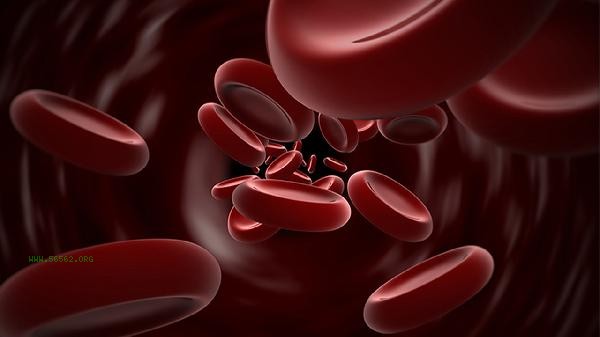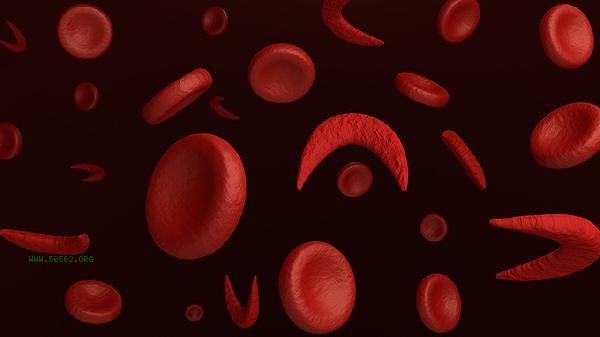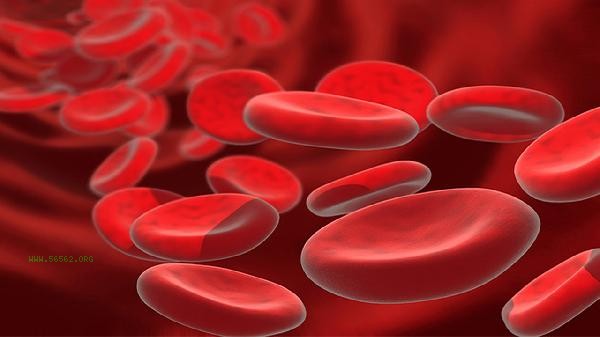A high average volume of red blood cells may be caused by nutritional deficiencies, abnormal bone marrow proliferation, liver disease, hemolytic anemia, hypothyroidism, and other reasons. The average volume of red blood cells is an indicator in blood routine examination, reflecting the average size of individual red blood cells. High values may be related to various physiological or pathological factors.

1. Nutritional Deficiency
Long term deficiency of vitamin B12 or folate can lead to impaired DNA synthesis in red blood cells, causing megaloblastic anemia, during which the average volume of red blood cells significantly increases. Patients may experience symptoms such as fatigue, glossitis, and numbness in their hands and feet. Daily intake of foods rich in vitamin B12 and folic acid, such as animal liver and green leafy vegetables, should be increased. In severe cases, it is necessary to follow medical advice to supplement with vitamin B12 or folic acid tablets.
2. Myelodysplastic abnormalities
Hematopoietic system diseases such as myelodysplastic syndrome may lead to abnormal red blood cell production, manifested as an increase in average red blood cell volume. This type of disease is often accompanied by a decrease in whole blood cells or pathological hematopoiesis, and needs to be diagnosed through bone marrow puncture. Treatment should be based on the classification of hematopoietic promoting drugs or demethylating drugs, and hematopoietic stem cell transplantation should be considered if necessary.
3. Liver Disease
Chronic liver disease can affect the lipid metabolism of red blood cell membranes, leading to an increase in red blood cell volume. Cirrhotic patients may also have hemolysis due to splenic hyperfunction, which further exacerbates the abnormal average red blood cell volume. These patients need to actively treat primary liver disease, regularly monitor blood routine and liver function, and avoid using hepatotoxic drugs.

4. Hemolytic anemia
Hereditary spherocytosis and other hemolytic diseases can cause compensatory release of immature red blood cells from the bone marrow, leading to an increase in the average volume of red blood cells. The patient may experience symptoms such as jaundice and splenomegaly. Diagnosis requires examination such as red blood cell osmotic fragility test, and treatment includes splenectomy or transfusion support.
5. Hypothyroidism
Thyroid hormone deficiency can slow down the maturation process of red blood cells, resulting in a mild increase in average red blood cell volume. Patients often exhibit symptoms such as fear of cold, constipation, and weight gain. The diagnosis can be confirmed through thyroid function examination, and long-term use of levothyroxine sodium tablets as a replacement therapy is required, with regular follow-up to adjust the dosage. When the average volume of red blood cells increases, it is recommended to improve serum iron, vitamin B12, folate level testing, and bone marrow examination to further clarify the cause. In daily life, attention should be paid to a balanced diet, avoiding alcohol abuse, and maintaining a regular schedule. For patients with chronic diseases, it is necessary to follow the doctor's advice to regularly check their blood routine and adjust the treatment plan in a timely manner. Pregnant women and elderly people can increase their intake of foods rich in vitamin B12 and folate appropriately to prevent red blood cell abnormalities caused by nutritional deficiencies.









Comments (0)
Leave a Comment
No comments yet
Be the first to share your thoughts!